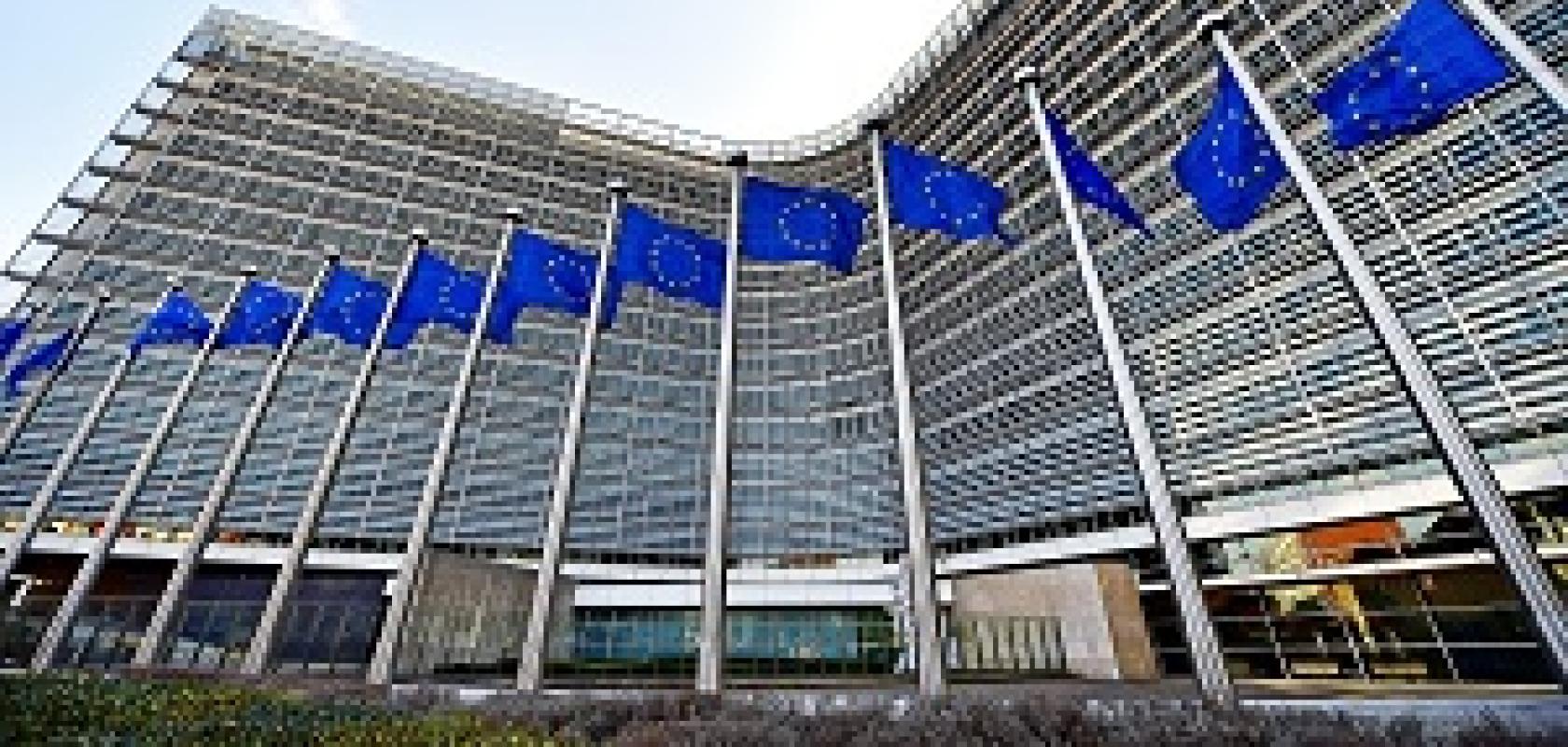Stefan Hell, Gérard Mourou and Theodor Hansch, Nobel prize winning scientists behind major photonics breakthroughs, have warned that the sector could be seriously compromised if it is not included in the Horizon Europe draft funding priority list.
In an open letter to the European Commission, the Nobel laureates have heavily criticised the decision not to include photonics – an area that is set to create one million new jobs in Europe by 2030 – as a specific visible objective within the next €100 billion research and innovation programme.
'Photonics technologies are simply absent from the list of nine priority areas of intervention for the future Commission within the Horizon Europe cluster on Industry and Digital,' the letter states. 'Photonics... is essential for powering the future European digital economy and will underpin as yet undiscovered advances in many other sectors such as health, space, mobility and security,' the letter continues.
The European Optical Society (EOS) has also expressed concerns about the Commission's funding decisions. 'The present discussions to merge the key enabling technologies of photonics with microelectronics within European Union funding would [mean that] photonics would no longer be a specific and visible part of the European research priorities, and the Photonics Public Private Partnership (PPP) would not be renewed,' said Andreas Ettemeyer, NTB Interstate University of Applied Sciences, Buchs, and member of the EOS board, in an article for Electro Optics in December 2018.
'The structure of European photonics industries is mostly based on small- and medium-sized industries, which generate by far the largest revenue and employ the majority of highly skilled staff. The merger of photonics with microelectronics would inevitably lead to strengthening the large industries and weakening small industries, which cannot be in the interest of European society,' he said. 'Microelectronics production has moved to mass and consumer products, which are mainly made in Asia, while European strengths lie in the field of smart and complex systems, requiring systemic knowhow and a holistic approach. These are the core strengths of Europe and we strongly urge Europe to focus on such aspects.'
In a letter to the Commissioner for the Digital Economy and Society in Europe, the European Optical Society (EOS) confirmed this view and expressed its concern about such plans. 'Let us stand up to confirm our position and maintain the strengths of European photonics,' Ettemeyer continued.
Photonics production, according to a recent publication could triple to more than €200 billion in Europe by 2030, providing key components to future developments in driverless cars, healthcare, food production, and Industry 4.0, if the technology is maintained by the EU as a key funding priority through Horizon Europe.
The letter by Nobel Prize winners says that deprioritising photonics 'would be a serious strategic mistake'.
The scientists point out that the photonics sector has gained a world-leading position, with an impressive number of European Nobel Prizes awarded as a direct result of the investment and specialist status given to light technologies through Horizon 2020.
Recognising nine ‘areas of intervention’ in the Digital and Industry Cluster, the open letter recommends photonics be considered as the tenth technology priority.
'We explicitly call on the European Commission to reconsider the current draft programming for the Cluster on Industry and Digital within the future Horizon programme and include photonics as the tenth area of intervention, the tenth priority, in this industry cluster,' the scientists say.
Among the signatories were:
- Professor Gérard Albert Mourou, a Physics Nobel Prize winner for the invention of ‘chirped pulse amplification’ a technique used to create ultrashort-pulse, very high-intensity petawatt laser pulses.
- Professor Stefan W Hell who developed a method in which one light pulse causes fluorescent molecules to glow, while another causes all molecules except those in a very narrow area to become dark.
- Professor Theodor W Hansch, whose work on the ‘optical frequency comb’ technique won him, along with John L Hall and Roy J Glauber, a joint Nobel Prize.


